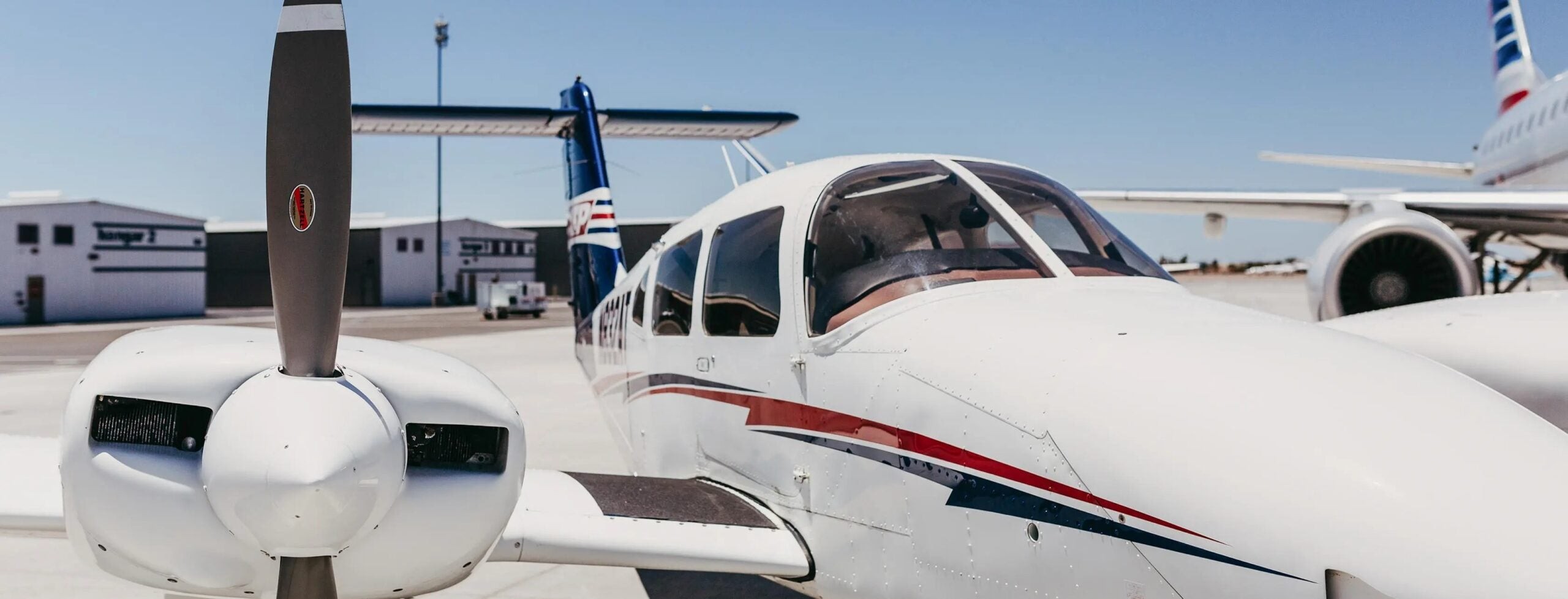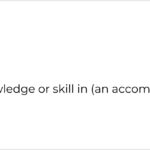Learning to fly is a dream for many, and the good news is, it’s achievable for most people. The type of flying you aspire to and the aircraft you wish to pilot will determine the path and duration of your training. This article explores the various aspects of learning to fly, from recreational flying to pursuing a career as a professional pilot.
How Long Does it Take to Learn to Fly?
Learning to fly a light aircraft, such as a single-engine piston plane or a light sport aircraft, generally requires a commitment of a few hours per week over several months. More frequent lessons can shorten the overall training time. The initial training timeline for other aircraft types is similar, but advanced certifications might necessitate further training.
Recreational Flying vs. Professional Pilot Career
If your goal is recreational flying, you can pursue a sport pilot or private pilot license. The costs for this type of training are often manageable, and you can pay as you progress. This path allows you to enjoy the freedom of personal flight at your own pace.
For those aiming for a career as a professional pilot, the journey is more extensive. It typically involves a two to four-year commitment to a vocational or college program. This structured education provides the necessary foundation for a successful aviation career.
Getting Started with Flight Training
Taking the first step towards learning to fly is often the most challenging. Numerous resources are available to help you embark on this journey.
Finding a reputable flight school with a suitable program is crucial. You’ll need to decide between Part 61 training, which follows standard regulations, and the more accelerated Part 141 program. Selecting the right flight instructor is equally important. A good instructor understands your learning style, goals, and can tailor the training to your needs.
Financial planning is essential. Researching the costs involved and exploring funding options will set you up for success. Furthermore, understanding the health and physical requirements for pilots is necessary. While a broad range of individuals can become pilots, knowing the limitations will help you plan your future accordingly.
Different Aircraft, Different Paths
The type of aircraft you choose to fly will further shape your training. Whether you envision yourself piloting a light sport aircraft, a single-engine plane, a helicopter, or even a commercial jet, there’s a pathway for you. Resources and information are readily available to guide you towards the specific training and certifications required for your chosen aircraft.
Conclusion
The dream of flying is within reach. With dedication, the right resources, and a clear understanding of your goals, you can learn to fly. From recreational flying to a fulfilling career in aviation, the sky’s the limit. Taking that first step towards finding a flight school and instructor is the key to unlocking your aviation aspirations.


